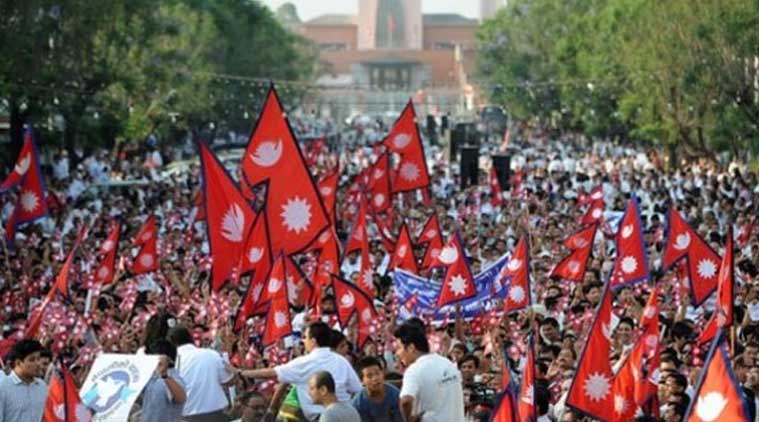[fblike]
 Ever since 2006, Nepal’s political parties have attempted to reach an agreement on a new national constitution. Divided over the role of religion in government, whether the nation’s 239-year-old monarchy should be restored, political boundaries, and the rights of ethnic minorities, the nation saw little movement on a lasting constitutional draft. However, a 7.8-magnitude earthquake in April literally shook the country’s major parties out of their prolonged gridlock. On Sunday, supporters of a new constitution gathered in the capital of Kathmandu to celebrate, but reception across the country was mixed. Ethnic minorities in Nepal allege that the constitution denies them adequate representation and women’s rights activists allege that the document rolls back some of the protections women enjoyed in previous governments. Analysts agree that Nepal’s new constitution may give its federal authorities the ability to finally govern the country and fix the problems that ail one of the world’s poorest nations. Nevertheless, if federal officials are not able to acquire adequate buy-in from the nation’s various ethnic groups, the chances of achieving lasting change are minimal.
Ever since 2006, Nepal’s political parties have attempted to reach an agreement on a new national constitution. Divided over the role of religion in government, whether the nation’s 239-year-old monarchy should be restored, political boundaries, and the rights of ethnic minorities, the nation saw little movement on a lasting constitutional draft. However, a 7.8-magnitude earthquake in April literally shook the country’s major parties out of their prolonged gridlock. On Sunday, supporters of a new constitution gathered in the capital of Kathmandu to celebrate, but reception across the country was mixed. Ethnic minorities in Nepal allege that the constitution denies them adequate representation and women’s rights activists allege that the document rolls back some of the protections women enjoyed in previous governments. Analysts agree that Nepal’s new constitution may give its federal authorities the ability to finally govern the country and fix the problems that ail one of the world’s poorest nations. Nevertheless, if federal officials are not able to acquire adequate buy-in from the nation’s various ethnic groups, the chances of achieving lasting change are minimal.
This topic brief will provide some historical background on Nepal’s political intrigues leading up to the new constitution, break down the ways that the constitution will change Nepal, and then analyze arguments that have been made against the document and how that may usher in a new period of instability in one of South Asia’s most unstable states.
Readers are also encouraged to use the links below and in the related R&D to bolster their files about this topic.




 Here is today’s premium R&D to accompany
Here is today’s premium R&D to accompany